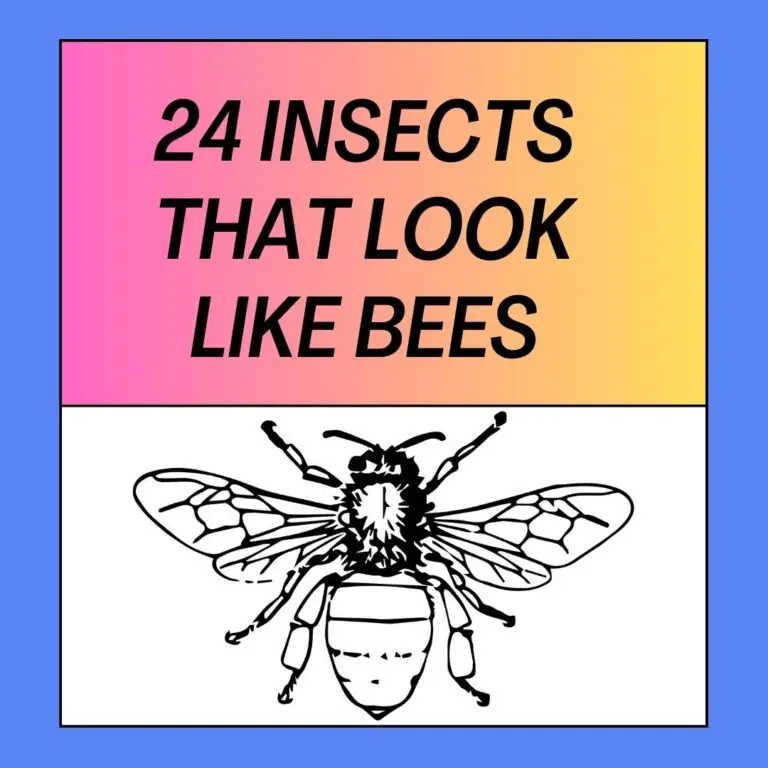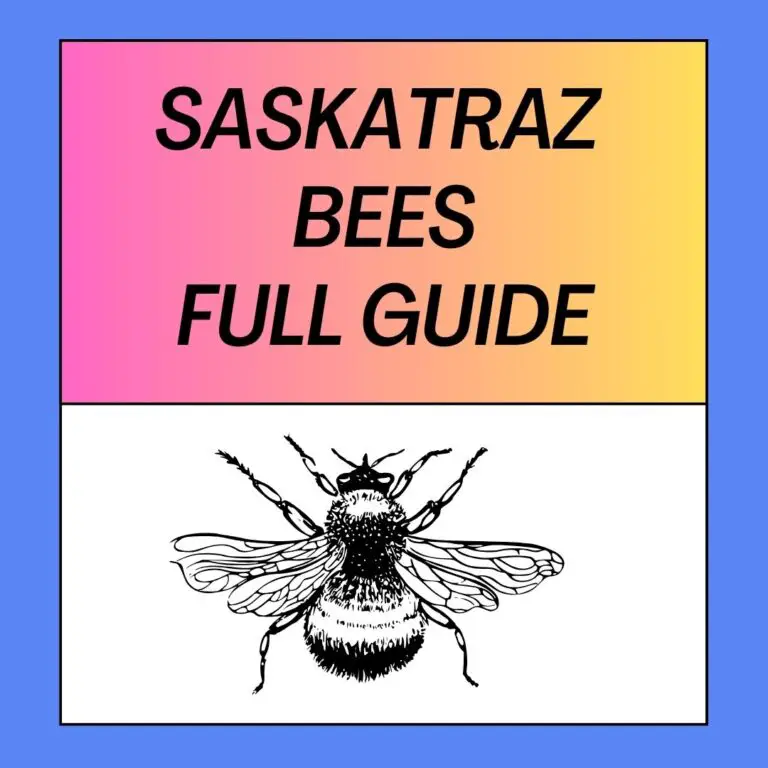
Exploring the Relationship Between Azaleas and Bee Populations
Azaleas, with their vibrant and abundant flowers, are a popular choice for gardens and landscapes worldwide. These ornamental shrubs are known for their stunning visual appeal and their ability to thrive in various climates. However, questions have arisen about the impact of azaleas on bee populations. Do azaleas attract bees, and if so, are they a valuable or detrimental resource for these essential pollinators?
In this comprehensive guide, we will delve into the relationship between azaleas and bees. We’ll explore whether azaleas attract bees, if bees can use azaleas as a resource, the potential threats to azaleas, and whether bees can obtain honey from azalea nectar. Additionally, we’ll consider the broader context of planting azaleas and rhododendrons in bee-friendly gardens and provide insights into which plants are safe for bees.
Do Azaleas Attract Bees?
Azaleas are renowned for their vivid and attractive flowers, but do these blossoms draw in bees? Let’s examine whether azaleas are indeed bee magnets.
1.1 The Appeal of Azalea Blooms to Bees
Bees are known to be attracted to a wide range of flowering plants, drawn by the promise of nectar and pollen. Azalea flowers, with their bright colors and sweet nectar, can indeed attract several bee species. Bees, particularly honeybees and bumblebees, are frequent visitors to azalea blossoms, seeking nectar to sustain their colonies and collect pollen for their young.
1.2 The Role of Azaleas in Bee Foraging
Azaleas play a role in providing nectar for bees during their flowering season, which typically occurs in spring. Bees visit azalea flowers to collect nectar, which they transform into honey, and to gather pollen, an essential protein source for developing bee larvae. This interaction between azaleas and bees contributes to the pollination of azalea plants and the production of honey.
Can Bees Use Azaleas?
Now that we’ve established that azaleas attract bees let’s explore how bees can utilize these flowering shrubs.
2.1 Collecting Nectar
Bees, with their long proboscises designed for reaching deep into flowers, are well-suited for accessing the nectar hidden within azalea blossoms. They collect nectar by extending their proboscises into the flowers and drawing up the sugary liquid, which they later store in their crop or honey stomach. Once back at the hive, the nectar is regurgitated and transformed into honey through the process of enzymatic conversion.
2.2 Gathering Pollen
In addition to nectar, bees also gather pollen from azalea flowers. As bees visit azaleas, they brush against the flower’s reproductive structures, transferring pollen from one blossom to another. This pollination process is crucial for the reproduction of azalea plants and contributes to genetic diversity within the species.
The Threats to Azaleas
While azaleas offer benefits to bees, these shrubs face their own set of threats. Understanding these challenges is essential to preserving azalea populations.
3.1 Environmental Stressors
Azaleas can be sensitive to environmental stressors such as drought, extreme temperatures, and soil conditions. Climate change and habitat destruction further exacerbate these challenges, potentially affecting azalea populations.
3.2 Pest and Disease Pressure
Azaleas can be vulnerable to various pests and diseases, including aphids, lace bugs, and fungal infections. If left unmanaged, these issues can weaken azaleas and impact their ability to produce flowers and nectar.
3.3 Human Activities
Human activities, such as habitat destruction and the use of pesticides, can negatively impact azalea populations. Pesticides intended for pest control can harm not only pests but also beneficial insects like bees.
Can Bees Get Honey from Azalea?
Bees collect nectar from azalea flowers, but can they produce honey from this nectar? Let’s explore whether azalea nectar contributes to honey production.
4.1 The Transformation of Nectar into Honey
Bees transform nectar into honey through a process of regurgitation and enzymatic digestion. While azalea nectar can be collected by bees, it is typically not a primary source for honey production. Honeybees tend to visit a variety of flowering plants to collect nectar, resulting in a diverse honey blend. Azalea nectar may contribute to this mixture, but it is unlikely to be the sole or dominant source.
4.2 Honey Characteristics
Honey produced by bees that forage on a diverse array of flowers, including azaleas, can have unique flavor profiles. The taste and aroma of honey can vary depending on the types of flowers visited by the bees. Therefore, honey from regions with abundant azalea blooms might carry subtle azalea-related flavor notes.
Azalea Bushes and Bee-Friendly Gardens
While azaleas can attract bees, it’s important to consider their role in bee-friendly gardens alongside other nectar-rich and pollinator-friendly plants.
5.1 Complementing Azaleas with Bee-Friendly Plants
To create a garden that supports bee populations, consider planting a variety of nectar-rich plants that bloom throughout the seasons. While azaleas can provide springtime nectar, other plants like lavender, salvia, and sunflowers can offer sustenance to bees during other times of the year.
5.2 Avoiding Harmful Practices
Maintaining a bee-friendly garden involves avoiding the use of pesticides and herbicides that can harm bees. Opt for organic gardening practices and provide water sources for thirsty bees.
What Plants Are Safe for Bees?
In the quest to support bee populations, it’s essential to identify and cultivate plants that are safe and beneficial for bees. Some excellent choices for bee-friendly plants include:
- Lavender (Lavandula spp.): Lavender’s fragrant flowers are a favorite among bees, attracting both honeybees and bumblebees.
- Salvia (Salvia spp.): Salvia produces vibrant spikes of flowers that are rich in nectar, drawing in various bee species.
- Sunflowers (Helianthus spp.): Sunflowers provide abundant pollen and nectar and are particularly attractive to honeybees.
- Echinacea (Echinacea spp.): Echinacea, or coneflower, offers nectar to bees and also serves as a host plant for butterflies.
Conclusion
With their captivating blooms, Azaleas undeniably attract bees and provide nectar and pollen resources. While they may not be the primary source of honey production, their role in supporting bee populations should not be underestimated. To promote bee health and biodiversity, consider planting azaleas alongside a variety of bee-friendly plants, practicing sustainable gardening methods, and avoiding harmful chemicals. By doing so, you can create a thriving, bee-friendly garden that benefits both these essential pollinators and your landscape’s beauty.






